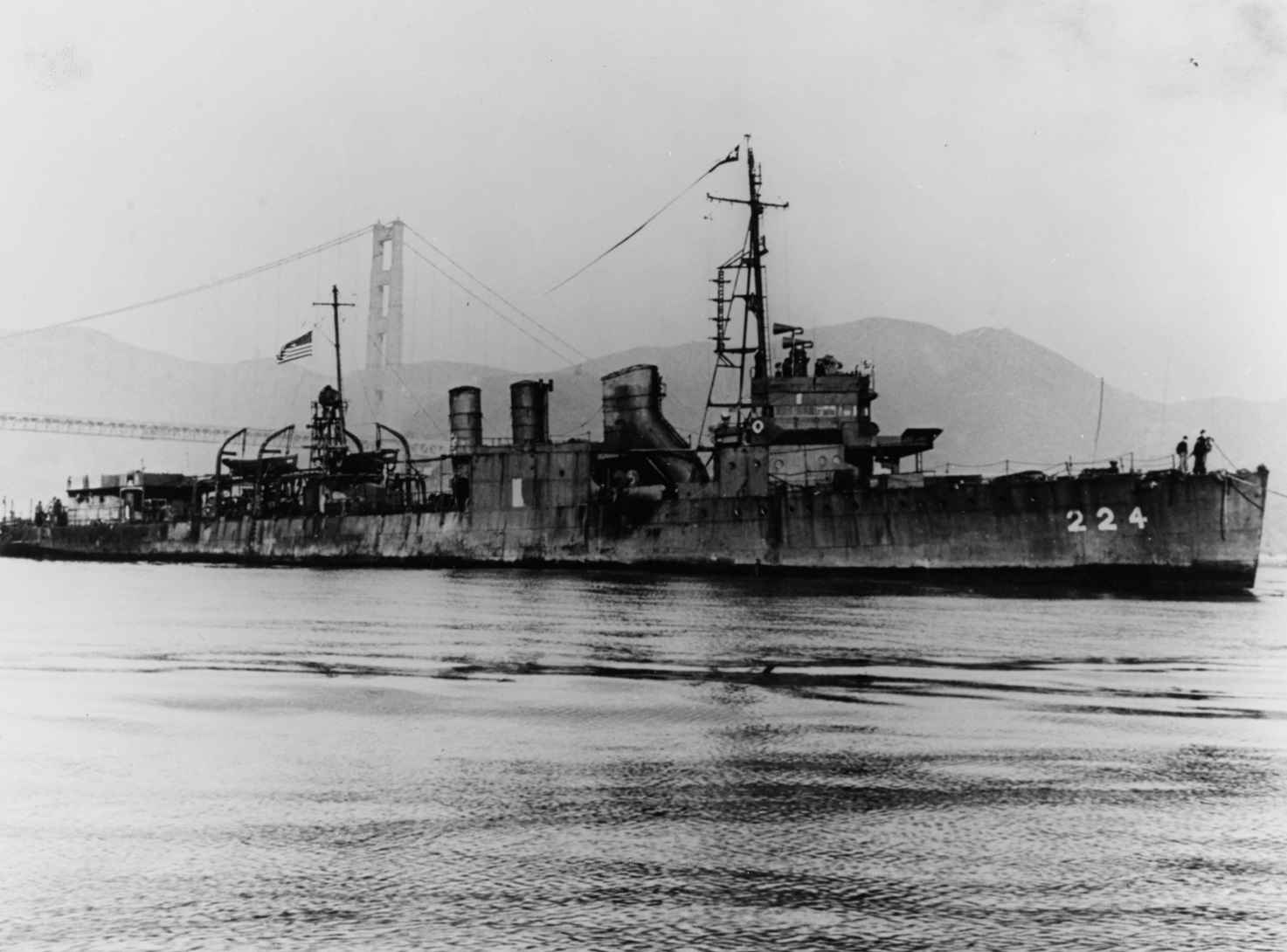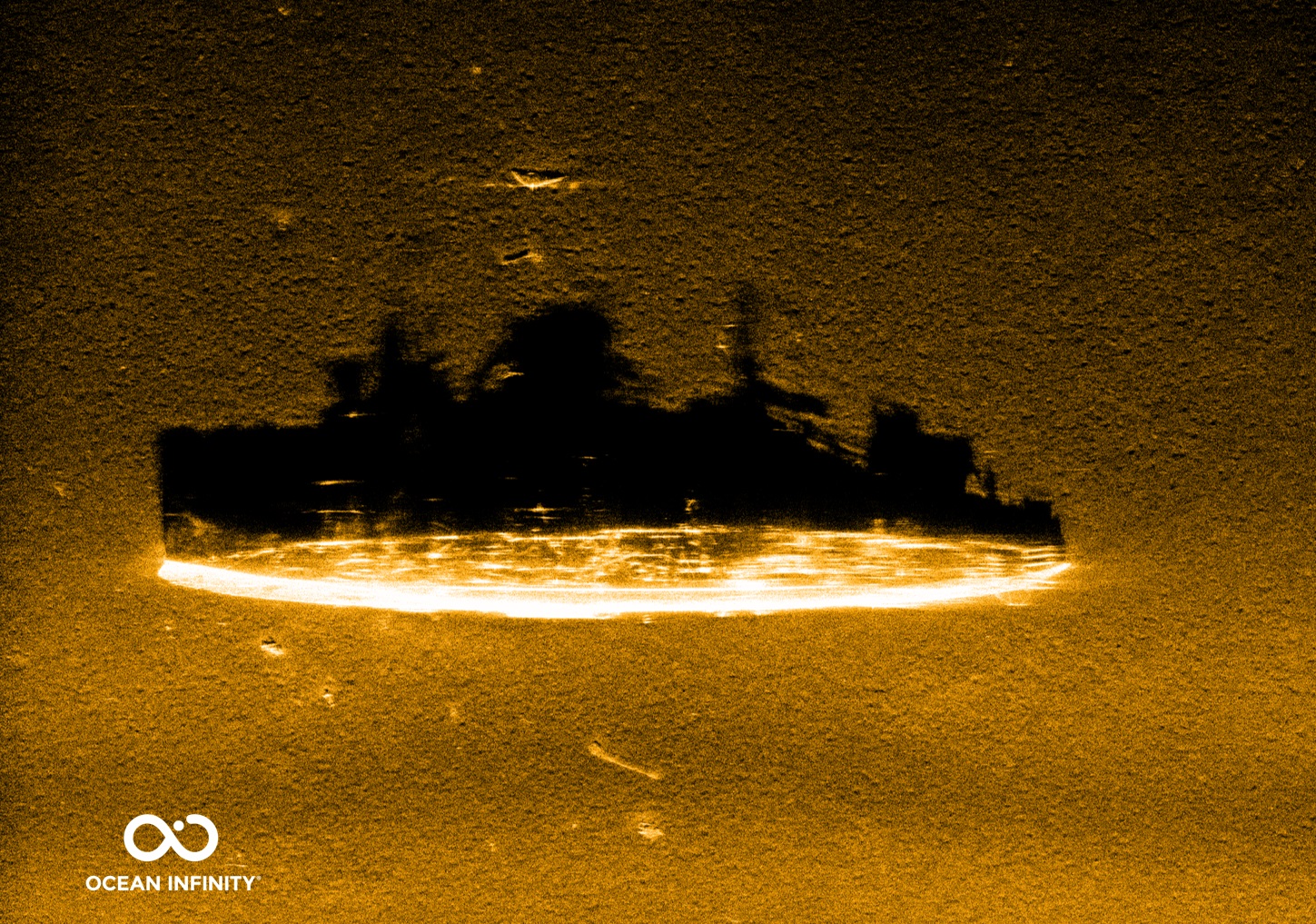Underwater archaeologists have rediscovered the wreck of the USS Stewart (DD-224), a Clemson-class destroyer that served in both the US Navy and the Imperial Japanese Navy during WWII.
USS Stewart was laid down in 1919 and was named after Charles Stewart, a Rear Admiral who commanded a number of warships during the War of 1812, the Quasi War, and both Barbary Wars.
Prior to the outbreak of WWII, the USS Stewart was serving in the Asiatic Fleet patrolling the Philippine Islands and Chinese waters.
In 1942, she was part of the American-British-Dutch-Australian Command and sustained severe damage during the Battle of Badung Strait near Bali in the Dutch East Indies.
USS Stewart was placed in a floating drydock at Surabaya for repairs, however, constant enemy air attacks and being at risk of capture led the naval authorities to scuttle her and the drydock. She was removed from the Navy list on 25 March 1942, and her name was reassigned to a new destroyer escort, USS Stewart (DE-238).

Unbeknownst to the Allied forces, the Imperial Japanese Navy salvaged the USS Stewart almost a year after being submerged, repaired her hull, and recommissioned her as Patrol Boat No. 102 (PB-102).
Naval intelligence started to receive reports of a “Ghost ship of the Pacific” that looked like an American warship but flew the ensign of the Imperial Japanese Navy (the Rising Sun Flag).
In 1945 the USS Stewart was found by American occupation forces laid up in Hiro Bay near Kure. She was recommissioned into the US Navy as DD-224 and returned to the United States, only to be used for target practice by Navy F6F Hellcat fighters and USS PC-799.

The USS Stewart sunk off the coast of California, where researchers from SEARCH, Ocean Infinity, the Air/Sea Heritage Foundation, NOAA’s Office of National Marine Sanctuaries, and the Naval History and Heritage Command (NHHC), have recently rediscovered the wreck site using autonomous underwater vehicles (AUVs).
According to a press release by SEARCH: “These state-of-the-art unmanned submersibles, each equipped with high-resolution synthetic aperture sonar (HiSAS) and multibeam echosounder systems, were programmed to simultaneously conduct an extensive and methodical scan of the seafloor that lasted 24 hours. When the data was retrieved, it revealed the stunning and unmistakable image of a sunken ship 3,500 feet below the surface.”
A closer inspection has shown that the USS Stewart is still largely intact resting nearly upright on the seafloor. Speaking to HeritageDaily, SEARCH explained that this level of preservation is exceptional for a vessel of its age and makes it potentially one of the best-preserved examples of a US Navy “fourstacker” destroyer known to exist.
Header Image Credit : Ocean Infinity
Sources : SEARCH





